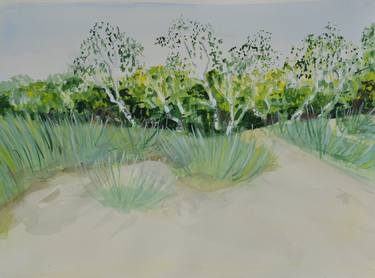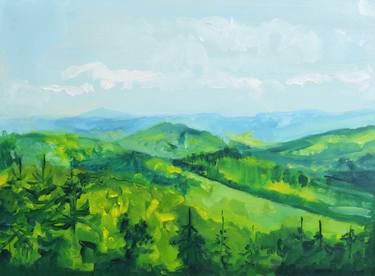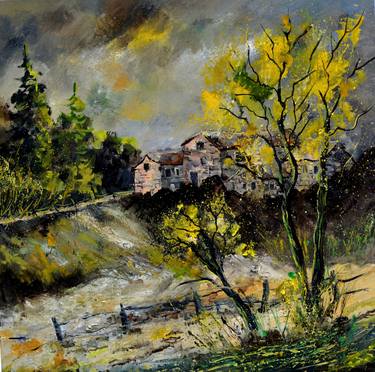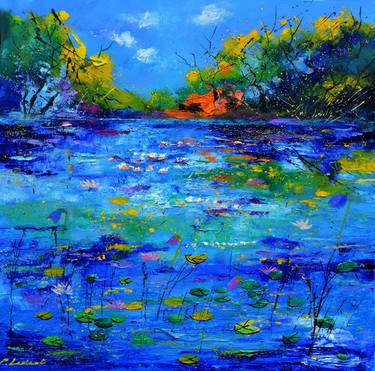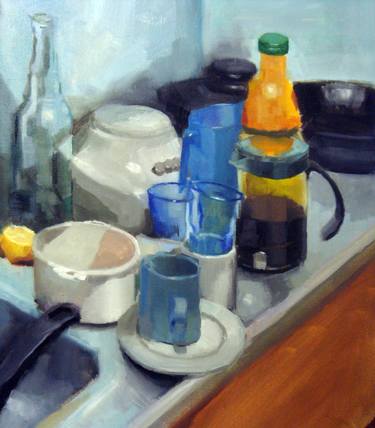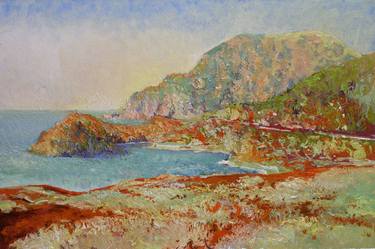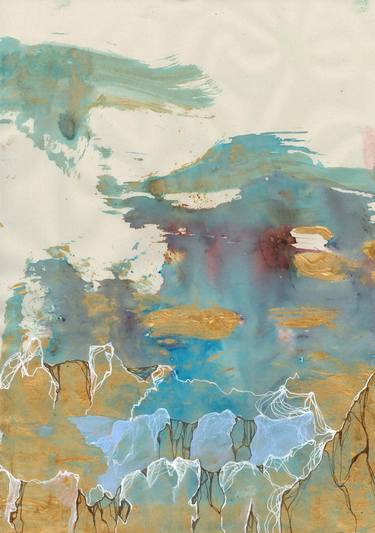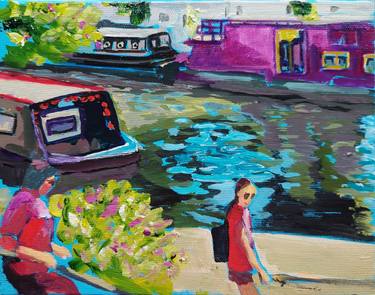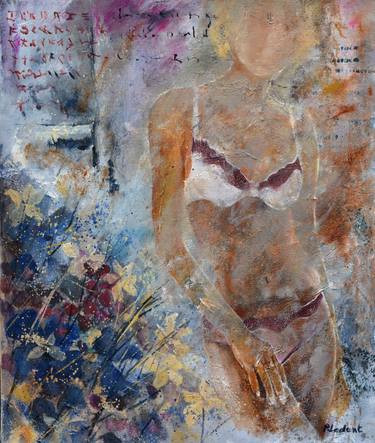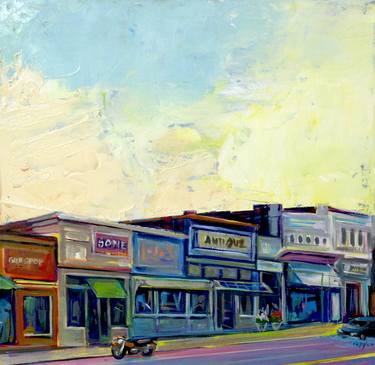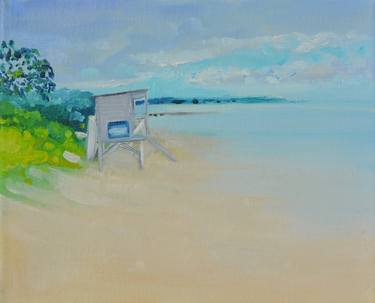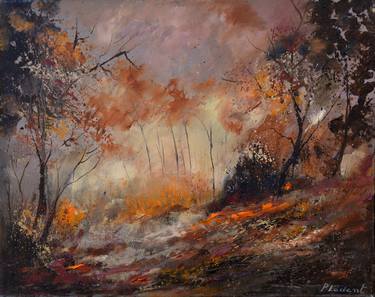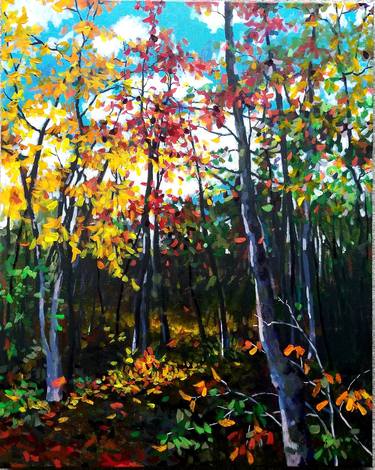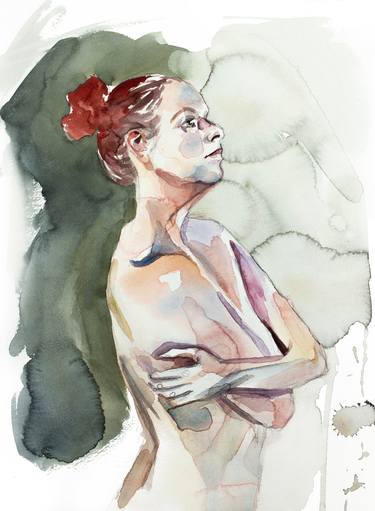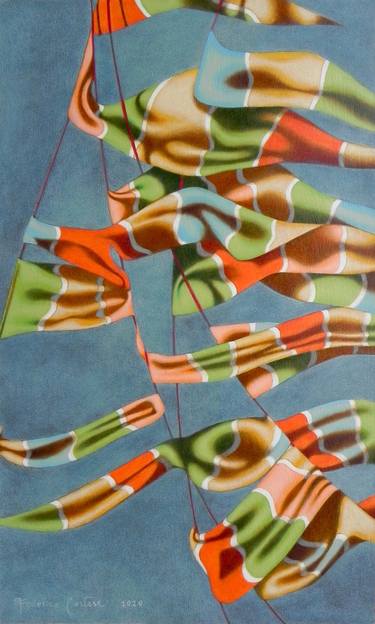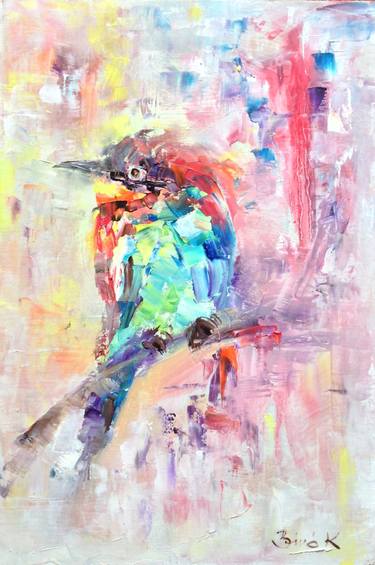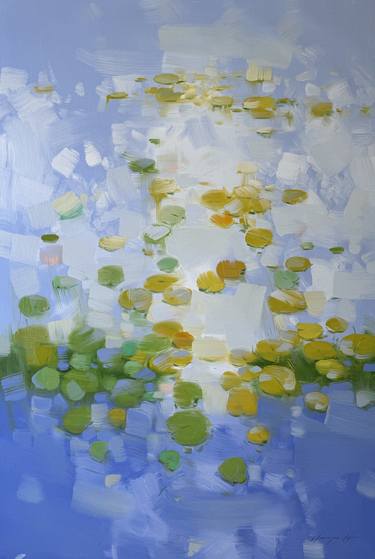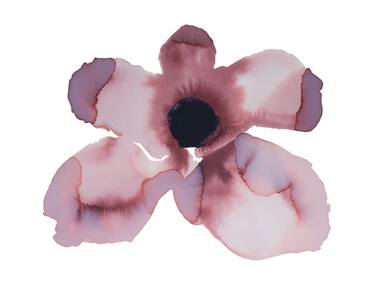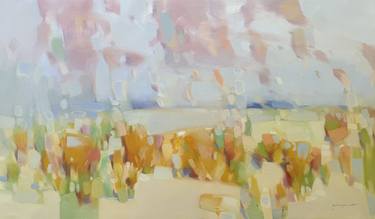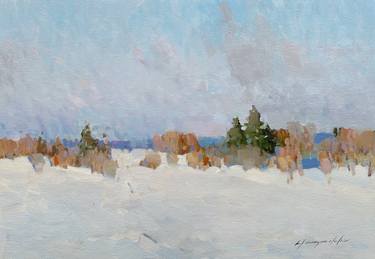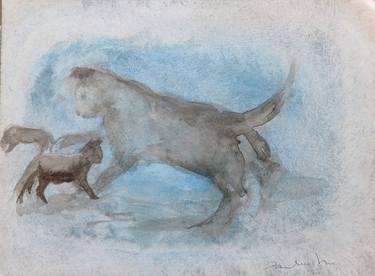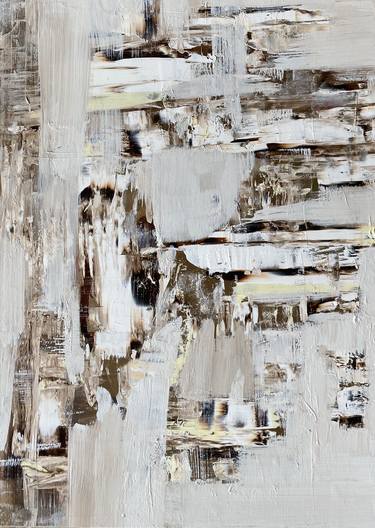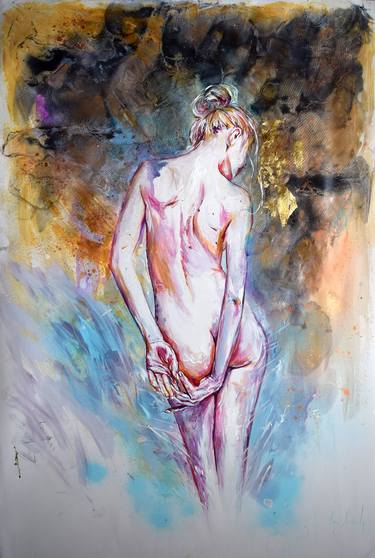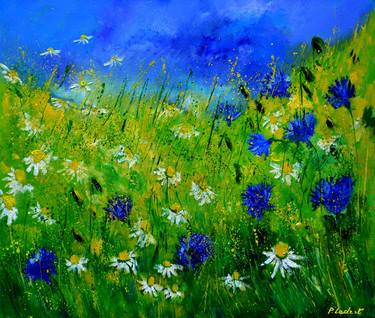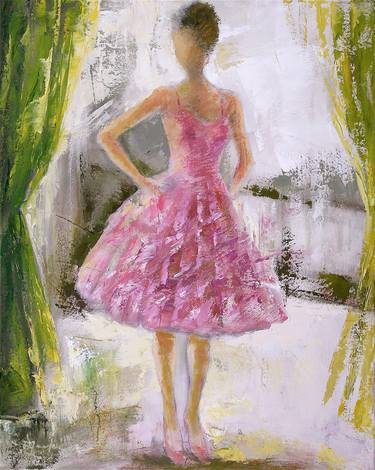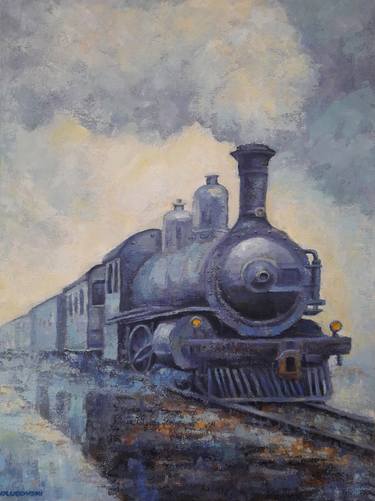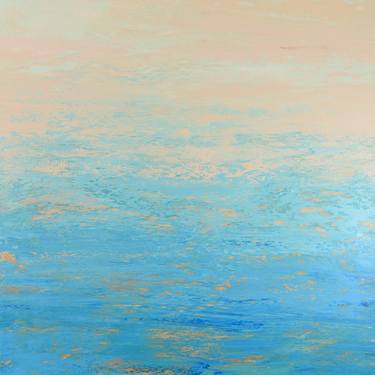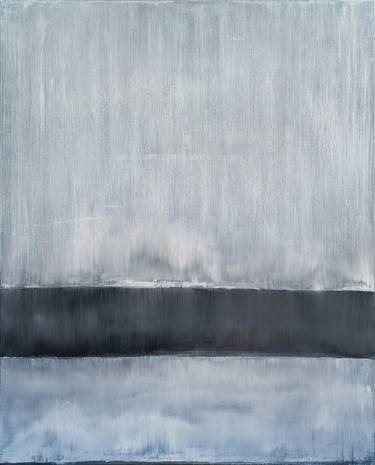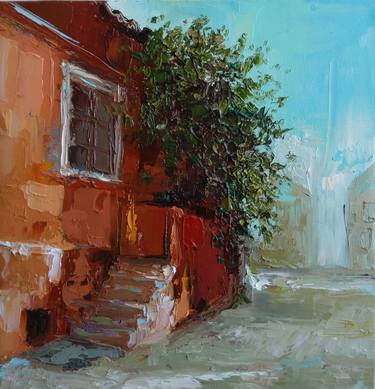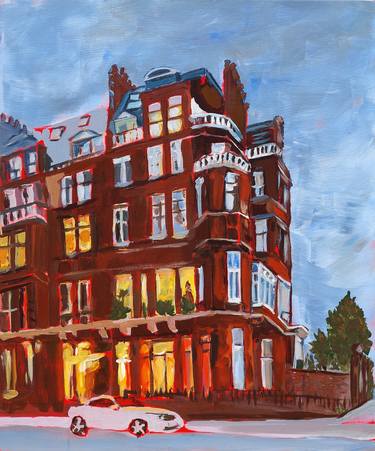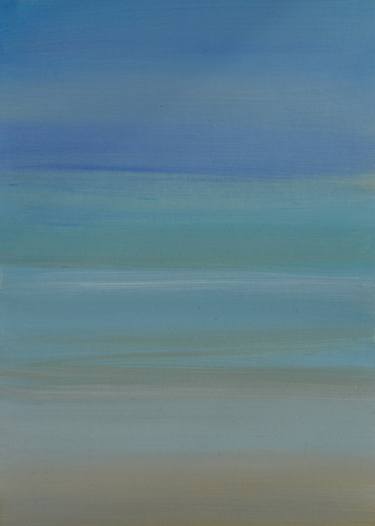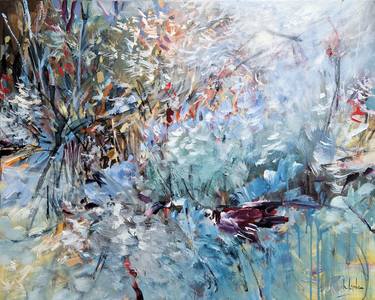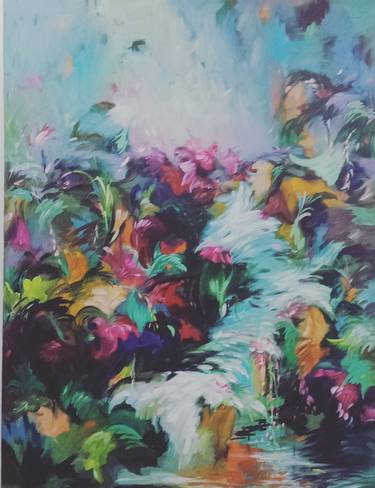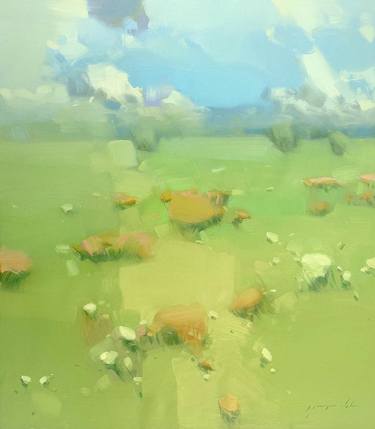- All Artworks
- Paintings
- Impressionism
Impressionism Paintings For Sale
Browse art and see similar matches
Try Visual Search
Category
Filter (1)
Filter
Category
Style
Subject
Medium
Material
Price
Size
Orientation
Color
Artist Country
Featured Artist
Paintings, 16.1 W x 22 H x 1.6 D in
United Kingdom
$640
Prints from $40
Paintings, 12.2 W x 9.1 H x 0.1 D in
Poland
$650
Prints from $85
Paintings, 48 W x 60 H x 1.5 D in
Australia
$7,170
Paintings, 9.4 W x 12.6 H x 0.1 D in
United Kingdom
$390
Paintings, 12.2 W x 9.1 H x 0.1 D in
Poland
$650
Prints from $85
Paintings, 11 W x 8.3 H x 0.1 D in
Poland
$490
Prints from $75
Typical village in my countryside
Paintings, 31.5 W x 31.5 H x 0.8 D in
Belgium
$2,230
Prints from $40
Paintings, 27.6 W x 27.6 H x 0.8 D in
Belgium
$1,600
Prints from $40
Paintings, 15.7 W x 23.6 H x 0.8 D in
Argentina
$870
Prints from $40
Paintings, 36 W x 24 H x 1.5 D in
United States
$1,430
Prints from $40
Paintings, 36 W x 21.5 H x 0.8 D in
United States
$1,950
Prints from $40
Paintings, 9.4 W x 7.5 H x 0.8 D in
France
$470
Paintings, 19.7 W x 23.6 H x 0.8 D in
Belgium
$1,160
Prints from $40
Paintings, 19.7 W x 19.7 H x 2 D in
Bulgaria
$960
Paintings, 11.8 W x 9.8 H x 0.2 D in
Poland
$770
Prints from $85
Paintings, 19.7 W x 15.7 H x 0.8 D in
Belgium
$840
Prints from $40
Paintings, 24 W x 30 H x 2 D in
United States
$2,940
Prints from $100
Paintings, 11 W x 15 H x 0.1 D in
United States
$310
Prints from $40
Paintings, 27.6 W x 27.6 H x 0.8 D in
Belgium
$1,800
Prints from $40
Paintings, 13.8 W x 20.9 H x 0.4 D in
Italy
$280
Prints from $40
Paintings, 11.8 W x 19.7 H x 0.1 D in
Italy
$500
Prints from $40
Paintings, 7.9 W x 11.8 H x 0.1 D in
Hungary
$330
Paintings, 29.5 W x 44 H x 1 D in
United States
$2,490
Prints from $40
Paintings, 12 W x 9 H x 0.1 D in
United States
$175
Prints from $40
Joshua Tree snow, seen through rose tinted glasses
Paintings, 16 W x 20 H x 1 D in
United States
$1,480
Prints from $40
Paintings, 56 W x 32 H x 1 D in
United States
$6,840
Prints from $40
Paintings, 21 W x 14 H x 1 D in
United States
$625
Prints from $40
Paintings, 59.1 W x 39.4 H x 1.2 D in
France
$3,990
Prints from $49
Paintings, 78.7 W x 78.7 H x 1.2 D in
Poland
$6,530
Paintings, 11.4 W x 8.3 H x 0.1 D in
France
$180
Prints from $40
Paintings, 43.3 W x 59.1 H x 0.8 D in
Switzerland
$4,270
Prints from $40
SERENDIPITY / NUDE 102 CM X 72 CM LARGE MODERN ART
Paintings, 28.3 W x 40.2 H x 0.1 D in
Ireland
$1,270
Paintings, 31.5 W x 35.4 H x 1.6 D in
Latvia
$1,005
Paintings, 27.6 W x 23.6 H x 0.8 D in
Belgium
$1,590
Prints from $40
Paintings, 9 W x 12 H x 0.1 D in
United States
$150
Prints from $40
Paintings, 16 W x 20 H x 0.8 D in
United States
$980
Prints from $53
Paintings, 23.6 W x 17.7 H x 0.8 D in
North Macedonia
$909
Prints from $96
Paintings, 8.3 W x 5.9 H x 0.1 D in
South Africa
$190
Shimmering Beach - Abstract Expressionist Seascape
Paintings, 40 W x 40 H x 0.1 D in
United States
$1,720
Prints from $76
Paintings, 48 W x 59.8 H x 1.6 D in
Australia
$6,610
Kamsar Ohanyan/Red house (25x26cm, oil painting, impressionistic, ready to hang)
Paintings, 9.8 W x 10.2 H x 0.8 D in
Armenia
$540
Paintings, 13.8 W x 20.9 H x 0.4 D in
Italy
$280
Prints from $40
Paintings, 21.3 W x 25.6 H x 0.8 D in
France
$1,290
Paintings, 8.2 W x 11 H x 0.1 D in
Czech Republic
$470
Prints from $40
Paintings, 7.1 W x 9.4 H x 0.1 D in
Poland
$340
Prints from $40
WInd on the Beach, Coconut Palm Trees
Paintings, 24 W x 18 H x 0.1 D in
United States
$360
Prints from $40
Paintings, 39.4 W x 31.5 H x 0.8 D in
Germany
$2,720
Paintings, 45.3 W x 59.1 H x 1.6 D in
Vietnam
$4,920
Prints from $144
Paintings, 35 W x 40 H x 1 D in
United States
$5,770
Prints from $40

